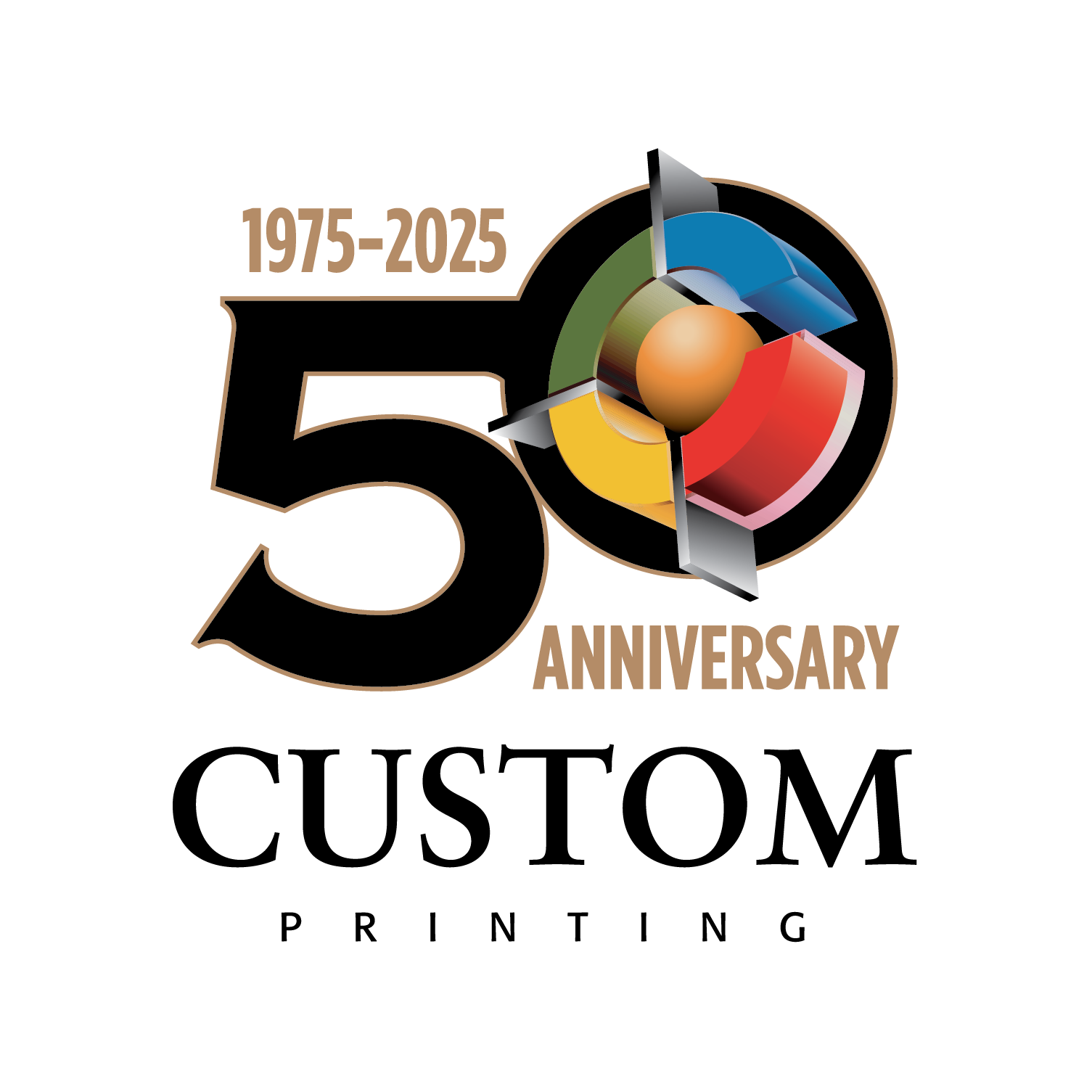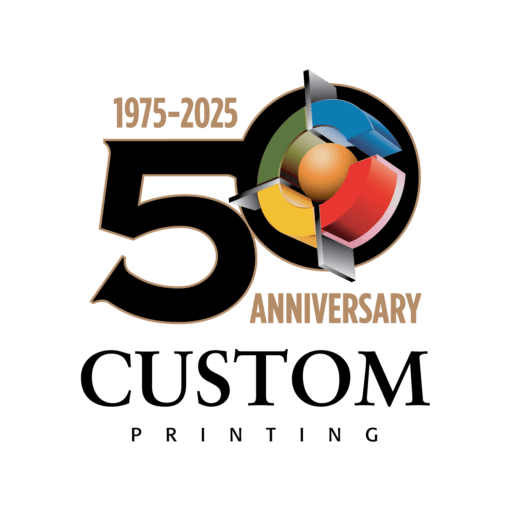If you’ve ever gone to a career training session, a class with a teacher-provided learning material, or a workshop, then you’ve probably seen or even been provided a spiral bound book. This form of printing has been around for decades, at least as long as plastic has been available. The concept is simple; take a stack of documents that need to be bound, perforate them so that a binding can be inserted, apply the spiral binding through the perforations, and finish the end so that the binding doesn’t come undone with use. The result is a manual or soft book that can be opened fully, bent back and the publication still remains together without falling apart.
Today’s spiral-bound books are used in all types of settings. From machine mechanics to students in classrooms to tourists visiting locations for the first time and photographers and archaeologists checking settings in the field, spiral-bound books have their functional place. Whether for something as simple as a well-collected presentation or for a more practical delivery of documentation for legal reference, spiral-bound manuals make sense.
Again, the process starts with the documentation. First, it is reproduced into the necessary number of copies. Once they are completed and collated correctly, the copies are then sized and perforated with a special cut and shaping. This is necessary for the binding to be applied. Once prepared, the documents in finished form are then placed in the spiral-binding machine, a special type of equipment designed to insert the binding efficiently and correctly. When the binding run has been completely inserted, the end is finished with a bend to make sure it doesn’t unravel again. This could happen with repeated opening, pushing the binding out, millimeter by millimeter. Instead, with a finished ending, the hook bend keeps the spiral bind from moving. It stays in place; the binding lasts longer as a result. Eventually, the pages will wear, usually the cover and end, which is why today the front and back tend to be plastic covers versus paper to extend the finished manual’s longevity.
While a handful number of spiral-bound copies makes sense to perform personally, especially when working with a small team, it’s not such an easy task with a large run of copies, as in the dozens or hundreds. Some operations actually even need thousands of copies. When that happens, it’s time to bring in a professional printing and reproduction service. Online services can help if a customer has sufficient time to allow for production and shipping. If production needs to be faster, then a local service might be the better choice for a faster turnaround.
Looking for a book binding service near me starts with utilizing a vendor who has a proven capability in reproduction output that companies or people need when they need it. While spiral-bound printing isn’t rocket science by any means, it does require the right equipment and practiced know-how to perform the process efficiently. This matters a lot when the production run is a larger number with a hard deadline. It’s one thing to produce a dozen copies and quite another to put out 10,000 reproductions with a variety of changes, variations and more. That takes some experience and the ability to pinch-hit through unexpected problems that come up at the last second as well.
Alternatively, folks might have a library they use regularly that is frequently opened or just needs to be more accessible. A convert book to spiral bound approach is also something folks should trust a professional with. The last thing anyone wants is to take a valuable copy of a book no longer easy to find and then damage it beyond repair trying to spiral-bound for the first time. That’s the kind of project where a volume set or a number of copies that are valuable should be put in the hands of an expert for the end conversion to be done right.
While spiral-bound publications don’t fit every situation, they are very practical for a great number of uses, even today with the Internet and so much information being distributed in a digital format. A spiral-bound publication gives a person a tangible product, and a good number of people still want to read and consume information in a physical paper form. Spiral-bound reproduction delivers this satisfaction, which can oftentimes produce a much more positive impact than just putting up yet another website or digital document.


